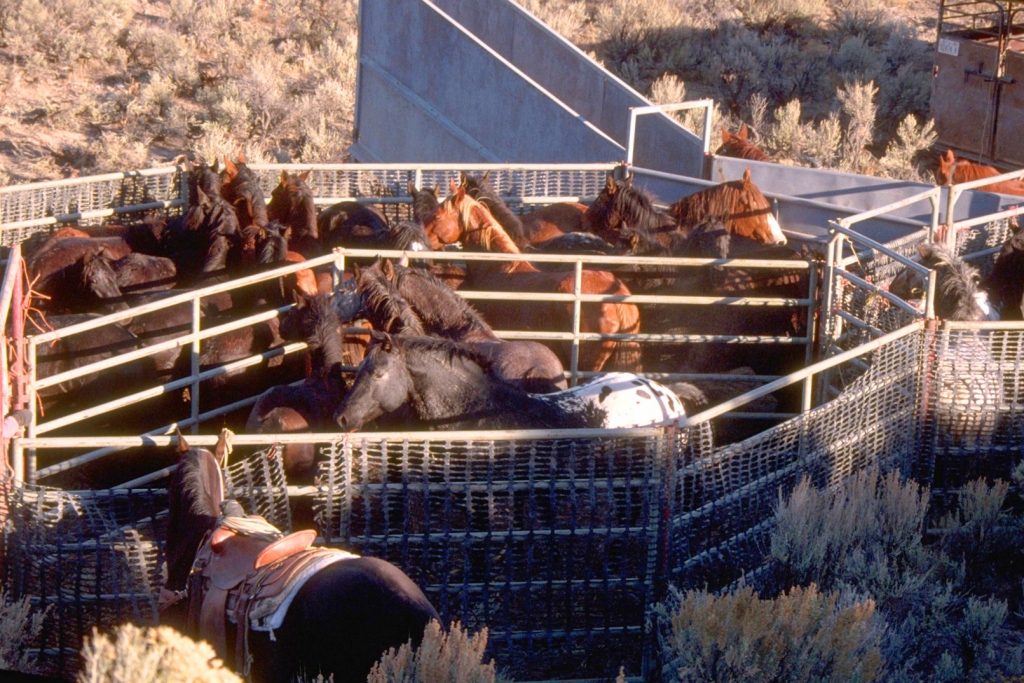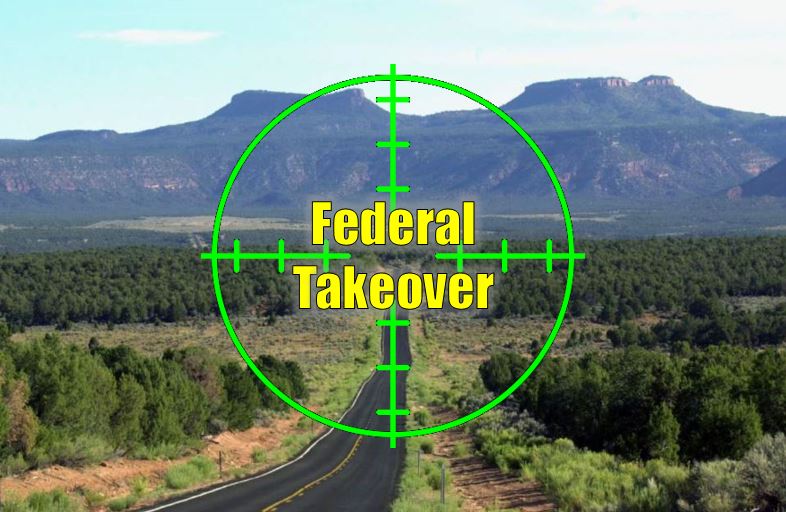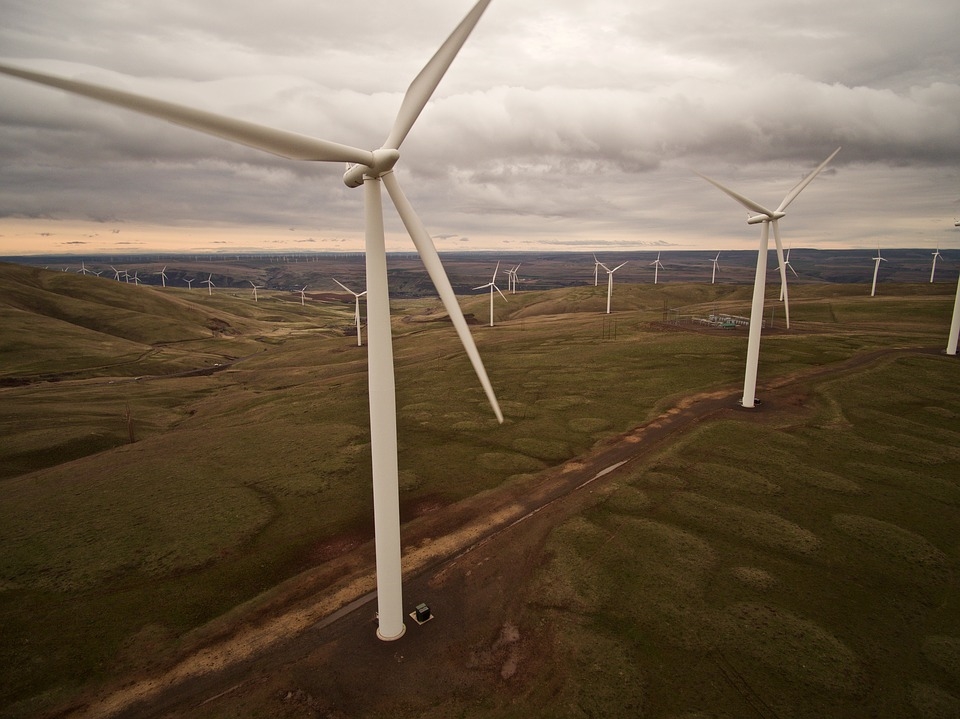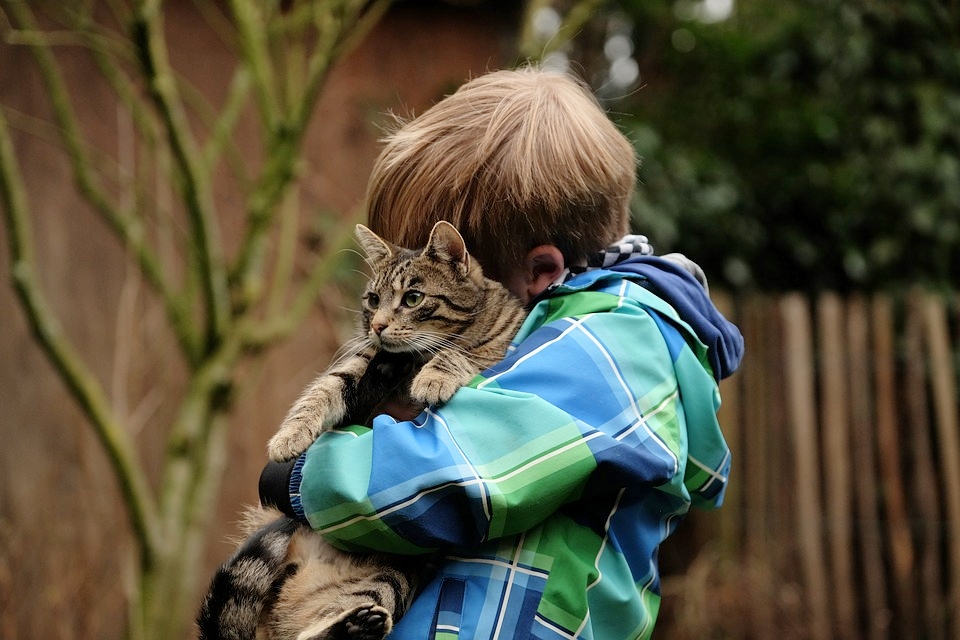Feral horses may have irreversibly degraded millions of acres of rangeland, as the advisory board members discovered on a recent field trip to Antelope Valley, Nevada. They viewed miles of high desert land untouched by cattle yet devastated by the intense grazing of wild horses.
It’s time to come to terms with euthanizing wild horses
In September, the Wild Horse and Burro Advisory Board, a group charged with making recommendations to the Bureau of Land Management about its Wild Horse and Burro Program, agreed that tens of thousands of equines in federal holding facilities might need to be euthanized.
This recommendation — you might call it the nuclear option — undoubtedly hit horse lovers like a bomb. Social media mushroomed with immediate rancor. The BLM was inundated by negative feedback and quickly issued a statement saying it would not follow the board’s recommendation.
It’s sad enough that the mustang crisis has devolved to this. It’s also sad that only a tiny fraction of the public has taken time to understand the situation, which has created a genuine cultural and environmental crisis in the American West.
As horrifying as its recommendation may seem, the advisory group was only trying to rectify bad decisions regarding wild horses that date back generations. It’s a chronicle that’s echoed by the long history of corporate malfeasance in the mining world.
Who, and what, have led us to this point? The simple answer is our forefathers, who thought it was OK to turn unwanted horses out into open country. Those domestic-turned-wild horses have done all too well on our public lands. The number of offspring of former Army horses, frontier horses and ranch horses doubles every five years.
Feral horses may have irreversibly degraded millions of acres of rangeland, as the advisory board members discovered on a recent field trip to Antelope Valley, Nevada. They viewed miles of high desert land untouched by cattle yet devastated by the intense grazing of wild horses.
If the horses weren’t so pretty, as well as being an icon of the Old West, we would call them “invasive,” and we would have sought more effective, less emotion-driven and politicized ways to manage them long ago. Do we have a romantic term for feral cats? Does the average taxpayer recognize how much damage both feral cats and feral horses do to the environment?
For decades, our government has rounded up the free-roaming horses and burros, removing them from the wild only to create more space and available resources for the equines left behind. The Bureau of Land Management’s strategy, in fact, has had exactly the opposite effect as intended. The wild populations have flourished because of it, not despite it. The National Academy of Sciences said as much in its 630-page publication, Using Science to Improve the BLM Wild Horse and Burro Program: A Way Forward, released in 2013.
Our government has also dragged its feet on pursuing humane population control options, like darting mares with a fertility control vaccine called PZP (porcine zona pellucida). Instead, it invested in risky, inhumane sterilization procedures, which produced horrible results and subjected the agency to several lawsuits. The agency also continued to hold counterproductive roundups that only galvanized more protesters and spurred more lawsuits.
Certain activist groups say the feral horses and burros have more claim to the land than any other animals. They believe the equines deserve to live untouched and untethered lives, all other considerations be damned. They leverage romance, Old West ideals and widespread ignorance to fan the flames of public outrage. They like to use the word “mustang,” but do they really know what that word means? It comes from the Spanish word mestengo, and it means “stray.”
We can also blame ourselves for failing to get educated about this environmental and fiscal crisis, for failing to support the wild horse trainers who gentle the animals for successful adoptions, for failing to adopt a mustang or burro and for letting extremists dictate the conversation and inform policy.
Wild horses and burros are in a fight for their lives, whether it’s on land degraded by a rapid influx of invasive species like cheatgrass, whose spread some blame on horse overpopulation, or in holding pens. The prison-like conditions of these pens cost taxpayers about $50,000 for each animal over the course of its squandered lifetime.
Do you find this current, catastrophic state distressing? Pause for a moment to mourn the damage done. Then get educated and help other concerned citizens work towards a solution. Just as with the mining mess, we will need to take drastic steps to get back to what’s right for wild horses and our degraded public lands.
Maddy Butcher





